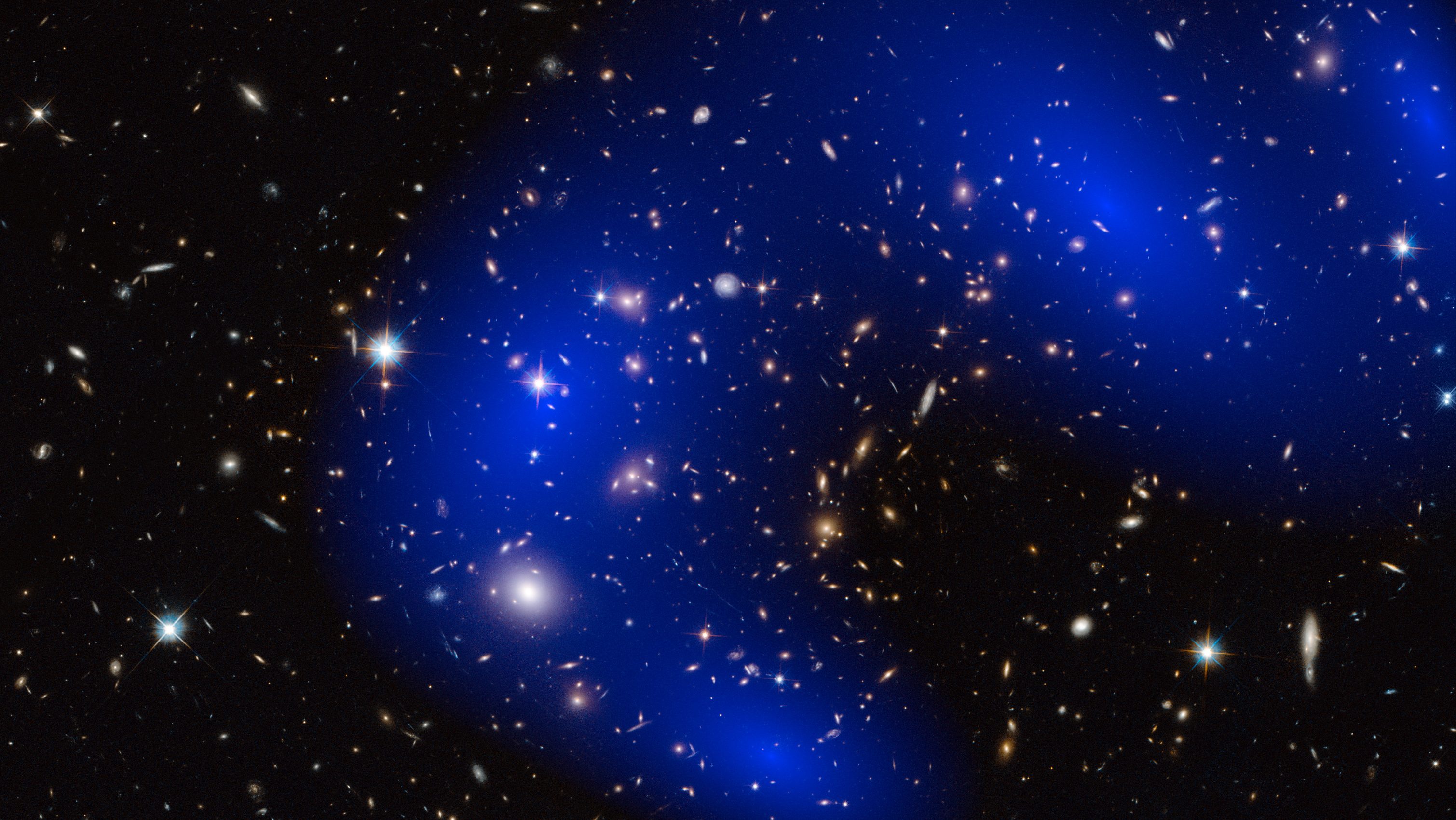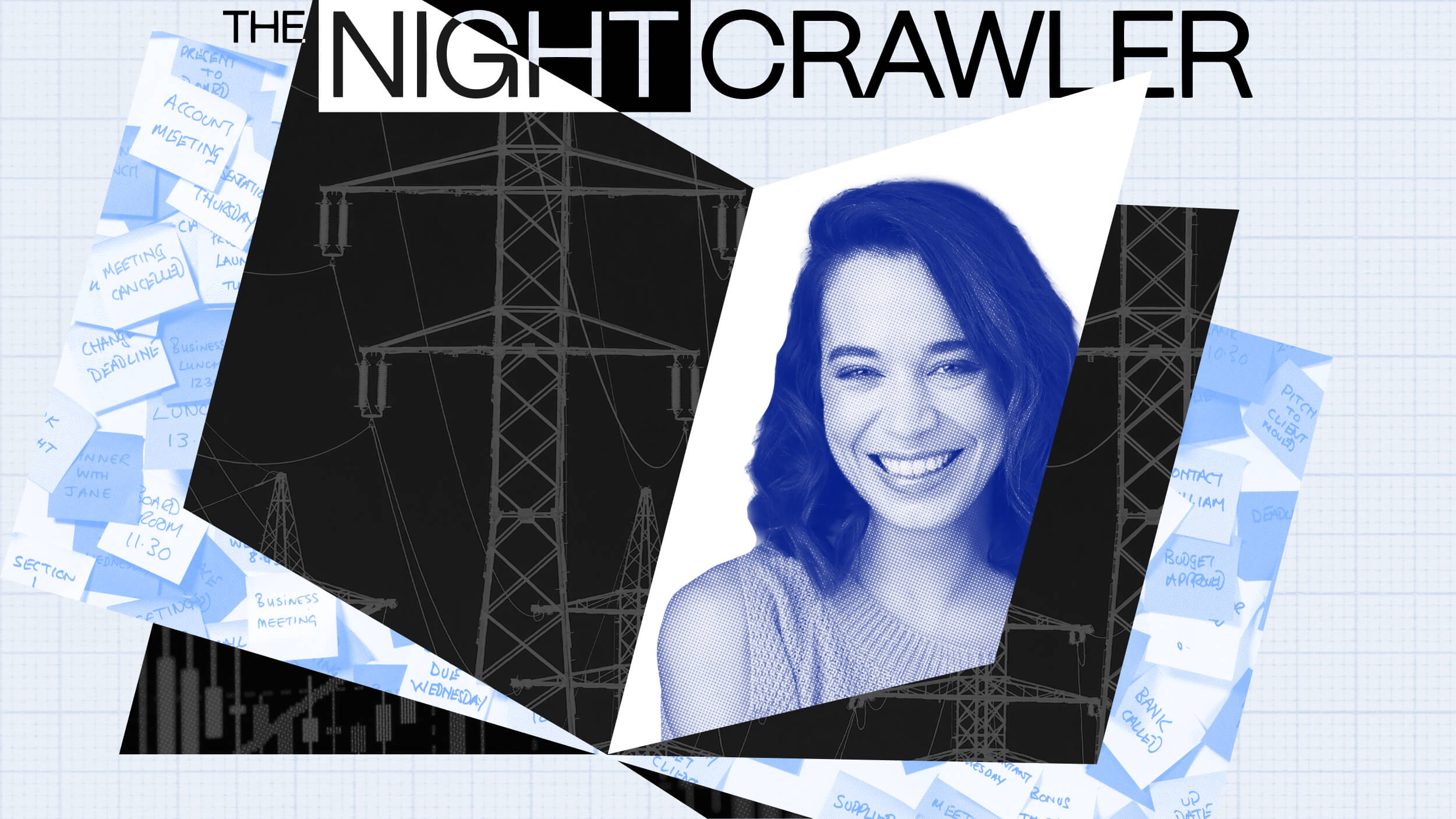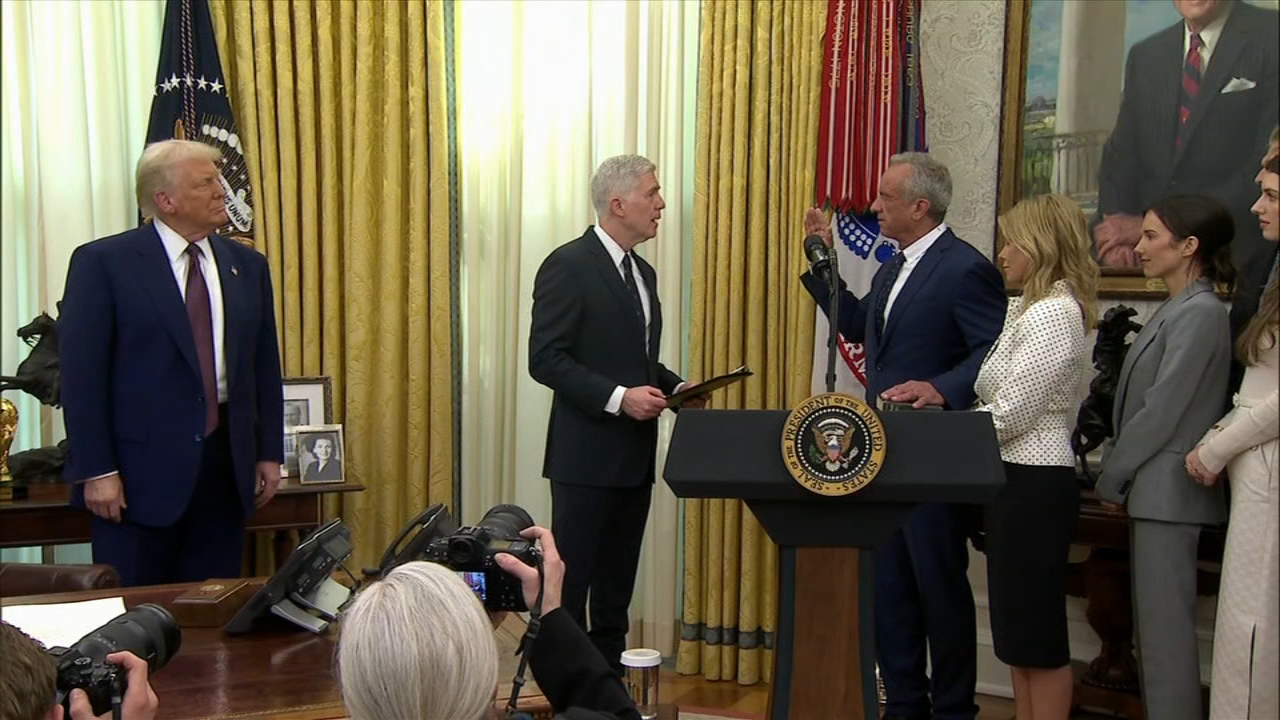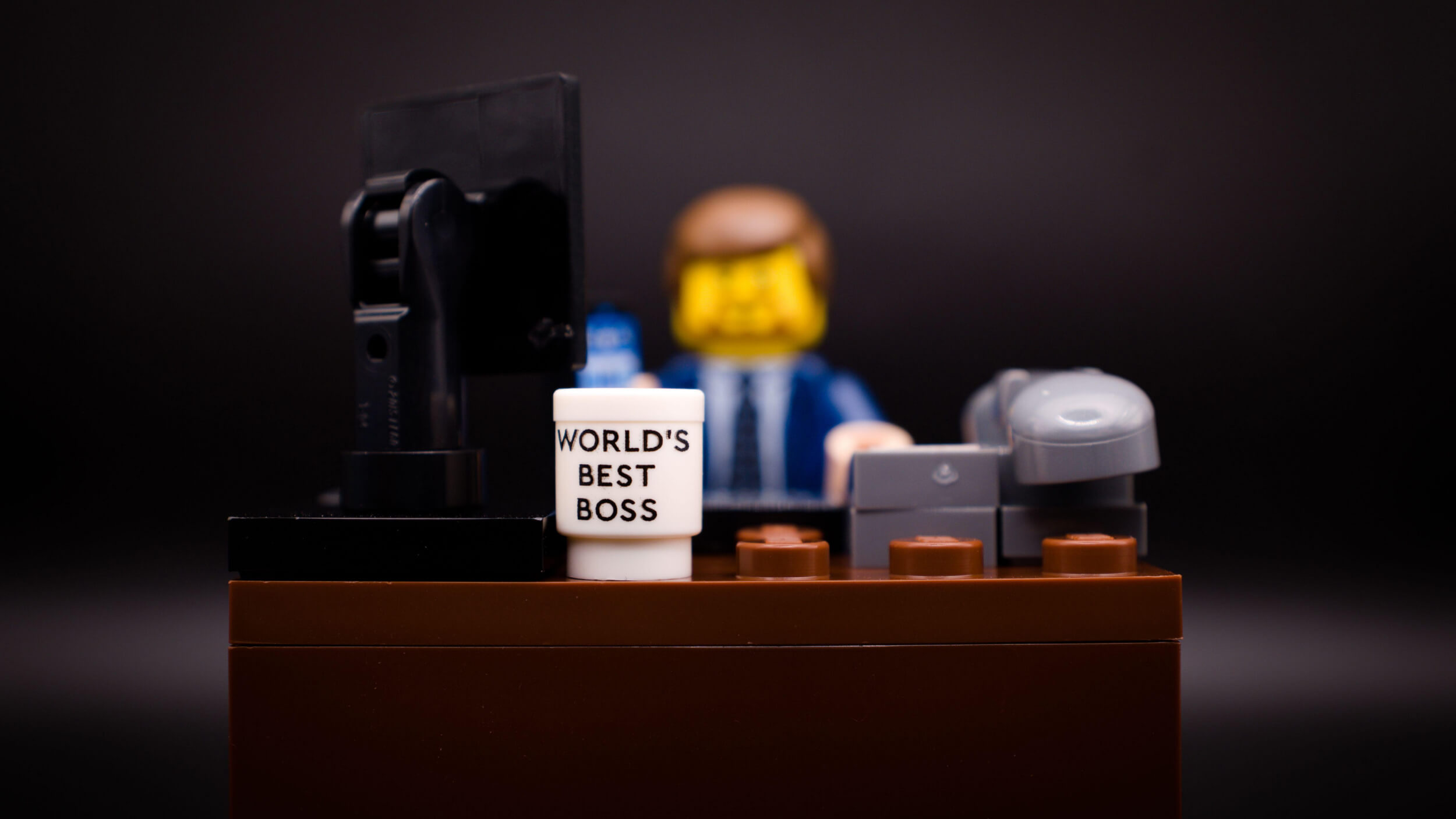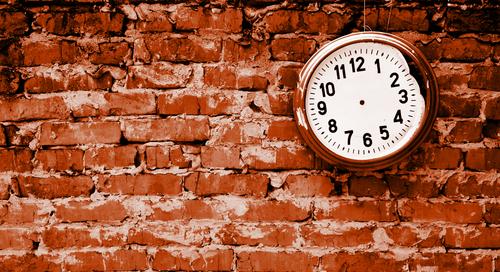Mary Abbott: A Wake Up Call

Unwrapping the paintings for our “Abstraction” exhibition, I had a shock or at least a wonderful surprise. I called to my associates and said, “Wow, who of you managed to get this de Kooning ‘Landscape’ painting?” The answer: “We have no de Kooning ‘Landscape’ painting for the show. That is a Mary Abbott.”
(View the painting here.)
Circa 1950-1951, Mary Abbott painted Untitled, oil on paper, a vibrant gutsy work playing off of intense layers of brush strokes across the canvas giving a visceral landscape-like impression. De Kooning’s first known stab at these structures and colors took place in the mid-50’s reaching maturity in about 1957; somewhat unsettling as we never think of de Kooning as being influenced by anyone other than his more known male counterparts! He spoke mostly of Gorky’s influence, never mentioning Mary Abbott’s. I decided to look some more.
The story starts to unfold. This discovery is not just in a few paintings, but is in many of his works, parts of works, and so on. Mary Abbott’s strong personal and professional relationship with de Kooning influenced his output to an astonishing degree. Abbott had experimented with abstract landscapes from her Southampton home for nearly five years by the time de Kooning began his own landscape series. The creative exchange between the two artists continued through the following decade. As Abbott and de Kooning’s lives were intertwined, so too were their works which seem to share subject, technique, and even color palette. This fundamental exchange of ideas has gone almost entirely unrecognized and provides new insights into the oeuvres of both Abbott and de Kooning.
Where Has Mary Abbott Been All These Years?
When it comes to Abstract Expressionism, the same auspicious names dominate: Pollock, de Kooning, Rothko, Motherwell, Gorky. These artists have dominated art historical discussion, textbooks, museum exhibitions, and newspaper headlines since the late 1940s. Imagine a largely overlooked protagonist in this narrative, a crucial figure in the New York Post-war art scene whose story is only now surfacing. This new story is emerging and with it the understanding of the profound influence Mary Abbott had on the Abstract Expressionist movement and especially on her lover, Willem de Kooning.
Though her story includes fascinating professional relationships with Barnett Newman, Mark Rothko, and Willem de Kooning and formal study under George Grosz and Eugene Weiss, Mary Abbott’s oeuvre speaks loudly for itself. Capturing abstract landscapes even before de Kooning, Abbott’s experimentation in abstract all-over composition achieved a rare level of expression; they pulse with an intimacy and vehemence which her older, male counterparts were only later able to attain. Her intuitive ability to render mood and environment in her abstract canvases demand to be seen.
Asher B. Edelman
Visit us at edelmanarts.com and connect with us on Twitter and Facebook.
